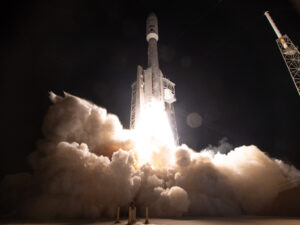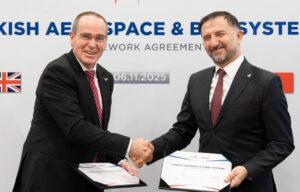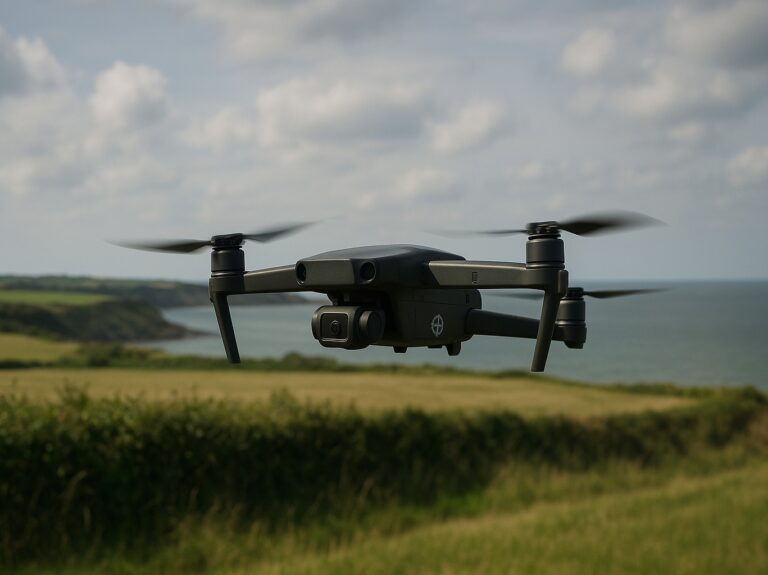Boeing has confirmed that the second ViaSat-3 satellite, built on its high-power 702MP+ platform, is operating normally on orbit following its launch aboard a United Launch Alliance Atlas V rocket last week.
The spacecraft, ViaSat-3 F2, is designed to more than double Viasat’s overall bandwidth capacity and support fast-growing global demand for resilient satellite communications across commercial mobility markets, including in-flight connectivity, as well as defence applications.
Boeing engineered and manufactured the satellite platform to host Viasat’s flexible, high-capacity payload. The design combines the company’s established all-electric propulsion system with high-power Spectrolab solar arrays to deliver sustained, high-throughput performance over its operational life.
After separation in geostationary transfer orbit, Boeing’s mission control teams in El Segundo, California, acquired telemetry and established command links to verify spacecraft health and begin subsystem activation. Over the coming days, engineers will prepare the satellite for deployment sequences and initiate orbit-raising manoeuvres to guide it to its final geostationary slot, approximately 22,000 miles above the Earth. Once in position, the payload will undergo in-orbit testing before being handed over to Viasat for service entry.
“Our collaboration with Viasat focuses on enabling their impactful mission to connect everyone. We all know how important reliable high-speed connectivity is to our daily lives,” said Michelle Parker, vice president of Boeing Space Mission Systems. “Delivering the second ViaSat-3 satellite demonstrates the strength of our partnership and disciplined mission assurance from design to factory to flight.”
Weighing around six metric tonnes, the satellite is engineered to provide more than one terabit per second of network capacity, offering broadband connectivity across land, air and sea. David Abrahamian, vice president of Space Systems at Viasat, said: “The ViaSat-3 ultra-high-capacity satellites are designed to deliver extensive benefits to our customers, including enhanced network efficiency, performance, coverage and flexibility. The successful launch of ViaSat-3 F2 is a milestone in our satellite roadmap and our close collaboration with Boeing is essential to achieving these goals.”
The Boeing 702 spacecraft family has supported commercial and governmental missions for nearly thirty years. The upgraded 702MP+ configuration for ViaSat-3 pairs all-electric propulsion with advanced power systems to support high-capacity payloads and dynamic beam-forming technology.
Viasat operates across twenty-four countries and is building a global communications network intended to provide fast, secure and reliable connectivity on land, in the air and at sea. Its acquisition of Inmarsat in 2023 combined the capabilities of both companies to create a new global communications provider.


























